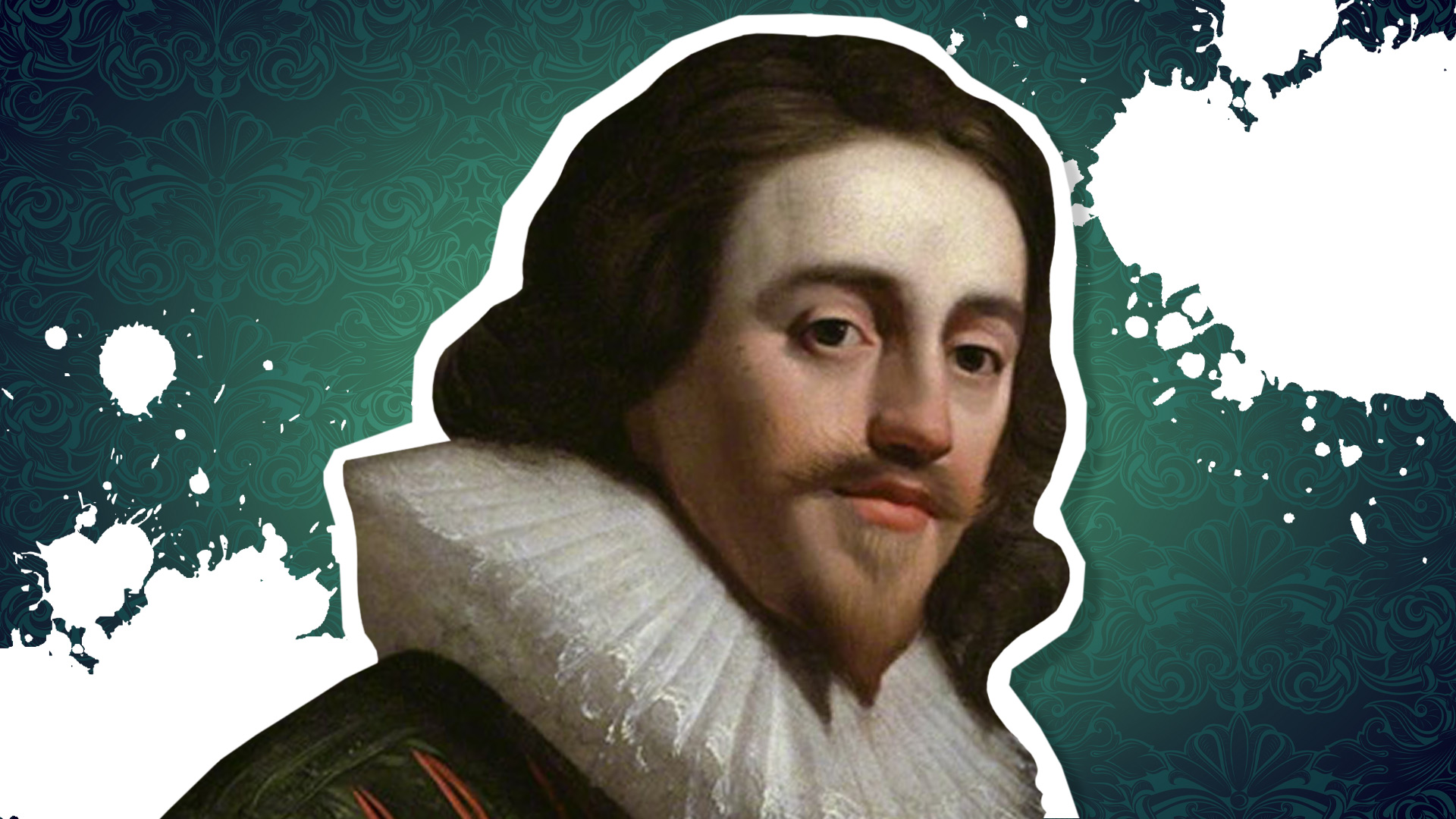11 Facts About King Charles II
Learn everything about the Merry Monarch with these eleven amazing historical facts!
King Charles II ruled England, Scotland and Ireland from 1660 until 1685, which was a REALLY eventful time in British history (to say nothing of the years leading up to it)! He spent some time in exile after his dad, Charles I, was deposed and beheaded. There's a lot more to his life story than that, though, and you're about to learn all about it! Are you ready to discover his nickname and how he got it, and his favourite breed of dog? Read on! For more history, check out some of our other fun facts - learn all about the Tudors, take a trip on the HMS Titanic, and learn the truth about Robin Hood!
1. The government before his was not very fun
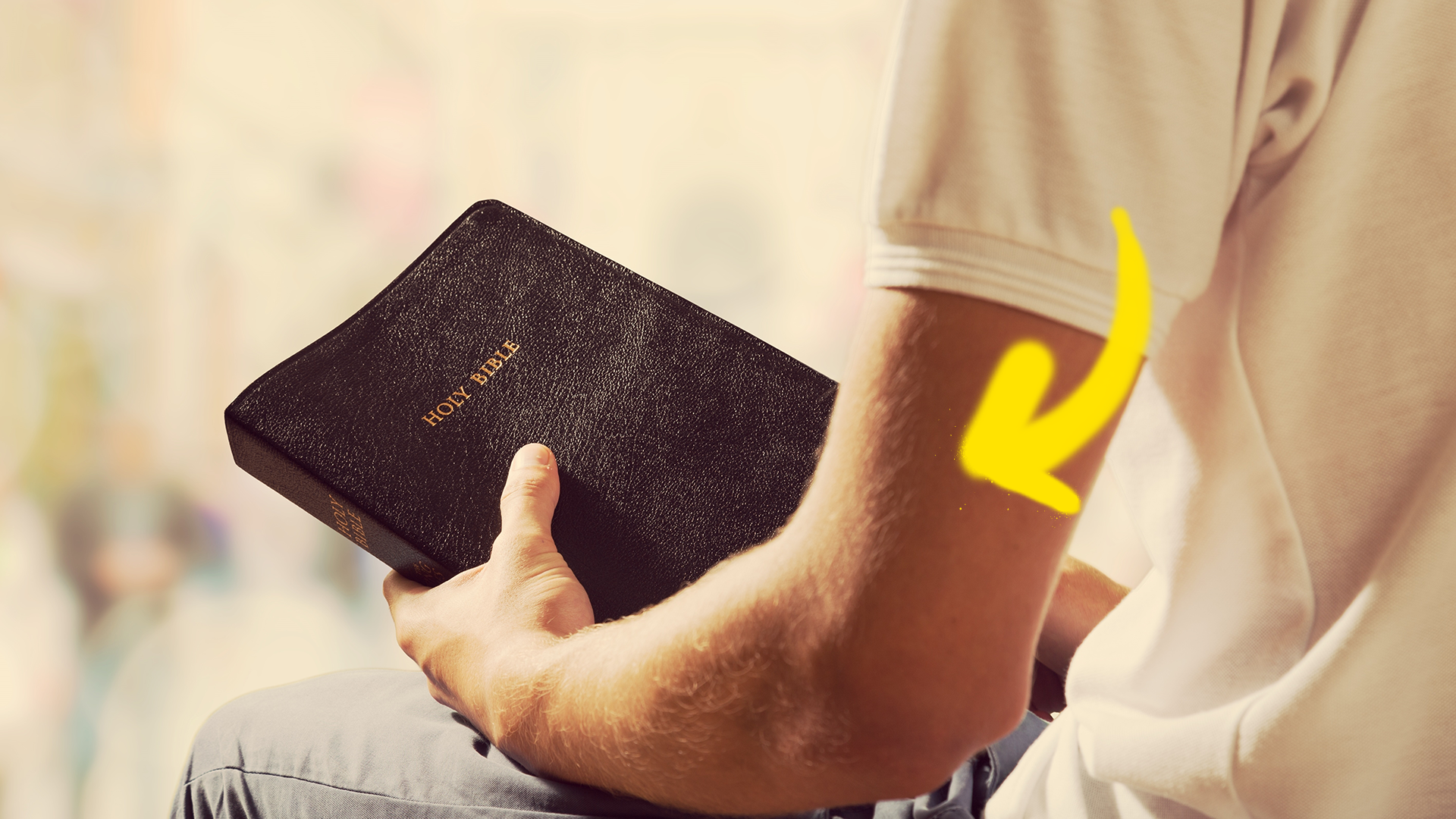
Charles II didn't become King immediately after his dad was executed. There was an in-between period called in the Interregnum, which lasted from 1649 to 1660. In most of this time a man named Oliver Cromwell was in charge. He was a Puritan, which is a very strict kind of Christianity. Technically this period allowed religious freedom, but in reality lots of Puritan beliefs were put into law that everyone had to follow. Theatre was banned, and so was gambling, and also holidays like Easter and Christmas! When Charles II returned to claim his crown, people threw parties in the streets to celebrate!
2. His nickname was "The Merry Monarch"
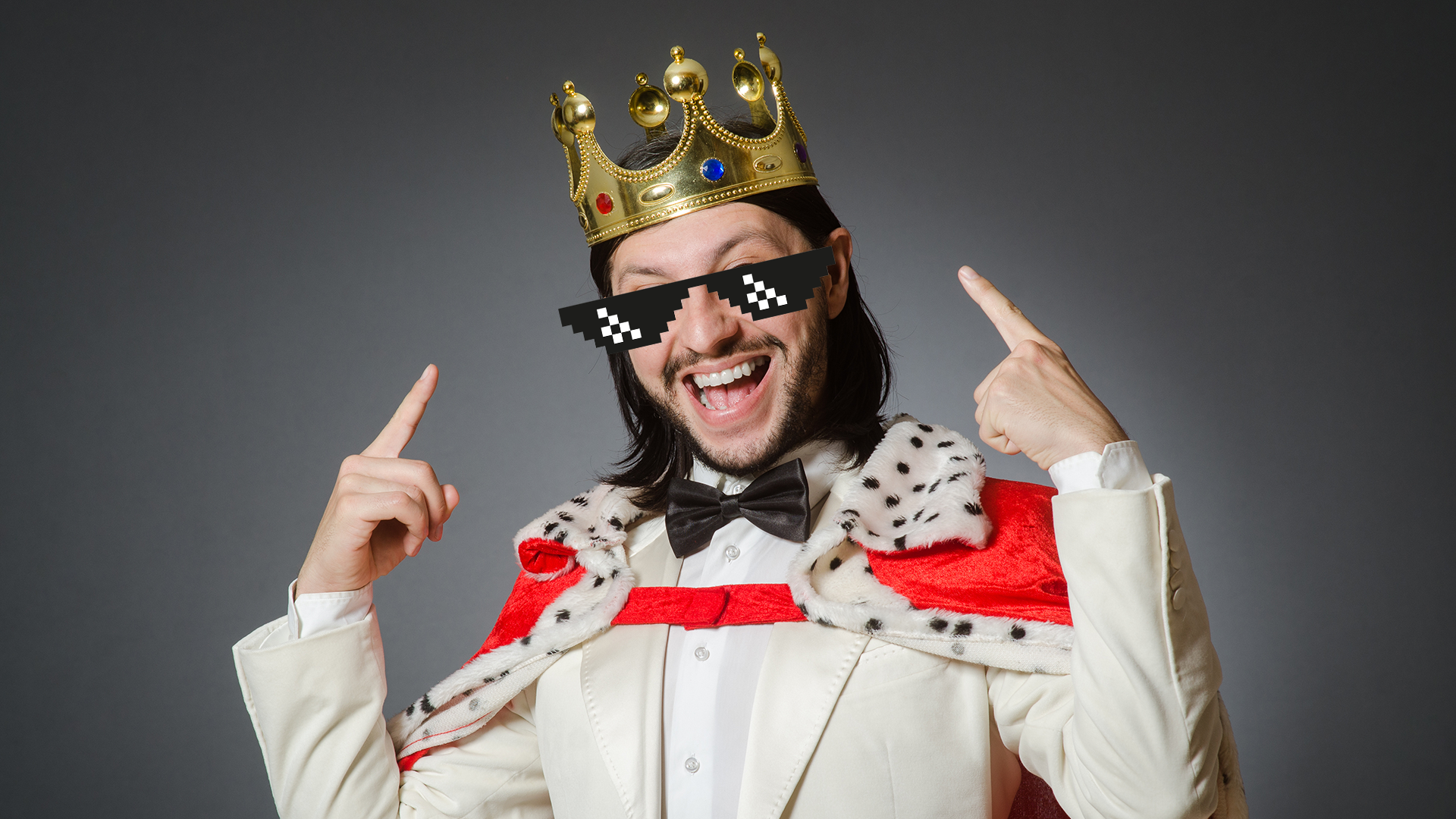
Charles II got this nickname because he spent most of his time enjoying himself! He loved sports, especially bowls, horse-riding and yachting, and he dressed very flamboyantly, especially compared to the plain clothes of the Puritan leaders. His palace was known as a bit of a party centre, with lots of grand balls and feasts, and where the women were encouraged to be outspoken and witty. Not everyone agreed with Charles' partying, but it was definitely fun at first!
3. He brought back Christmas
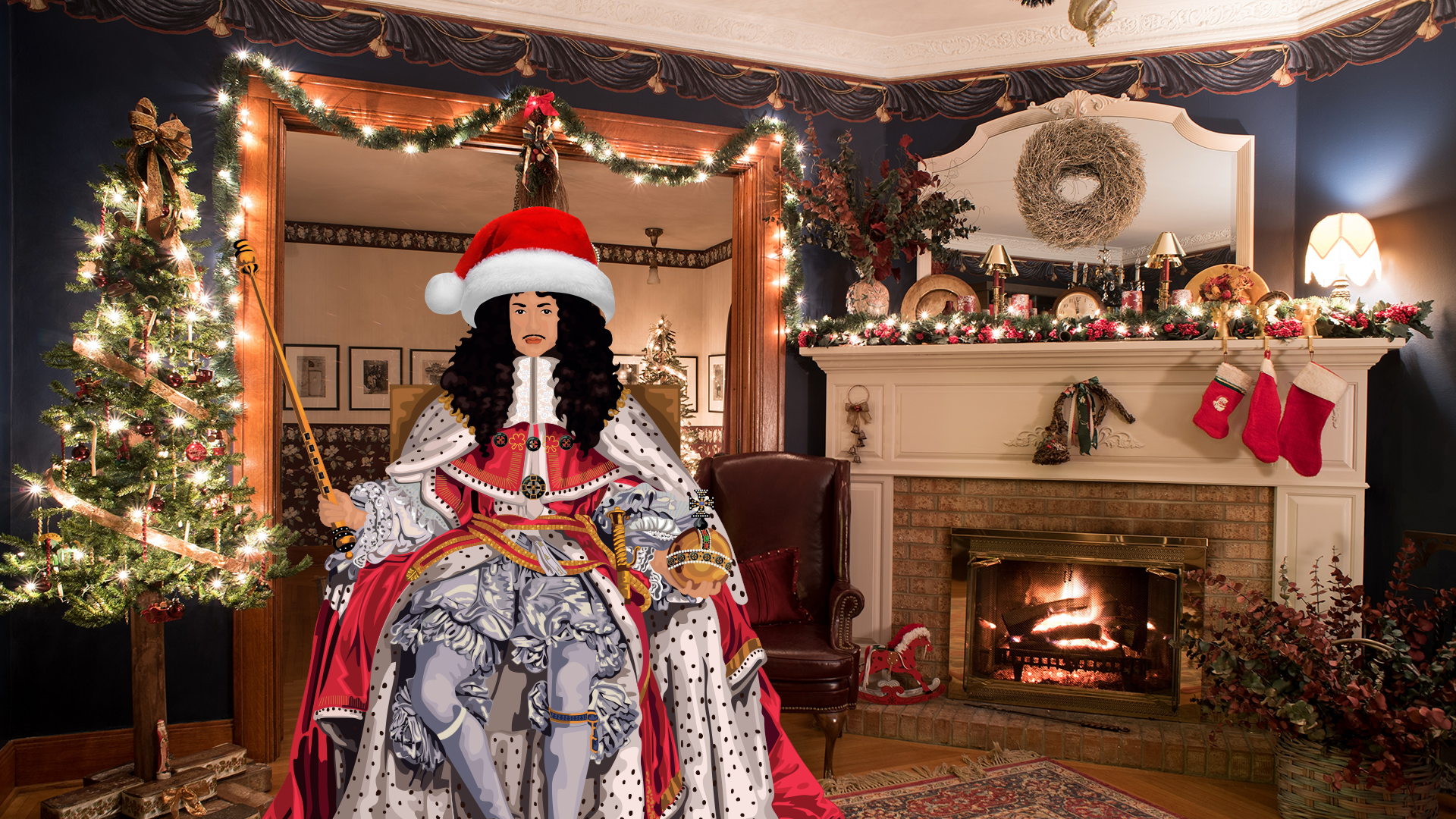
The clampdown on Christmas in the Interregnum was serious - people were arrested for congregating in churches on Christmas Day, food was seized and decorations were taken down. Under Charles II Christmas was allowed again, but it was a lot more subdued as people had gotten used to not celebrating. In fact, Christmas as we know it wouldn't really begin until the Victorian period, when Prince Albert and Charles Dickens made a lot of new traditions - but that's a fact for another time!
4. According to legend, he hid in an oak tree
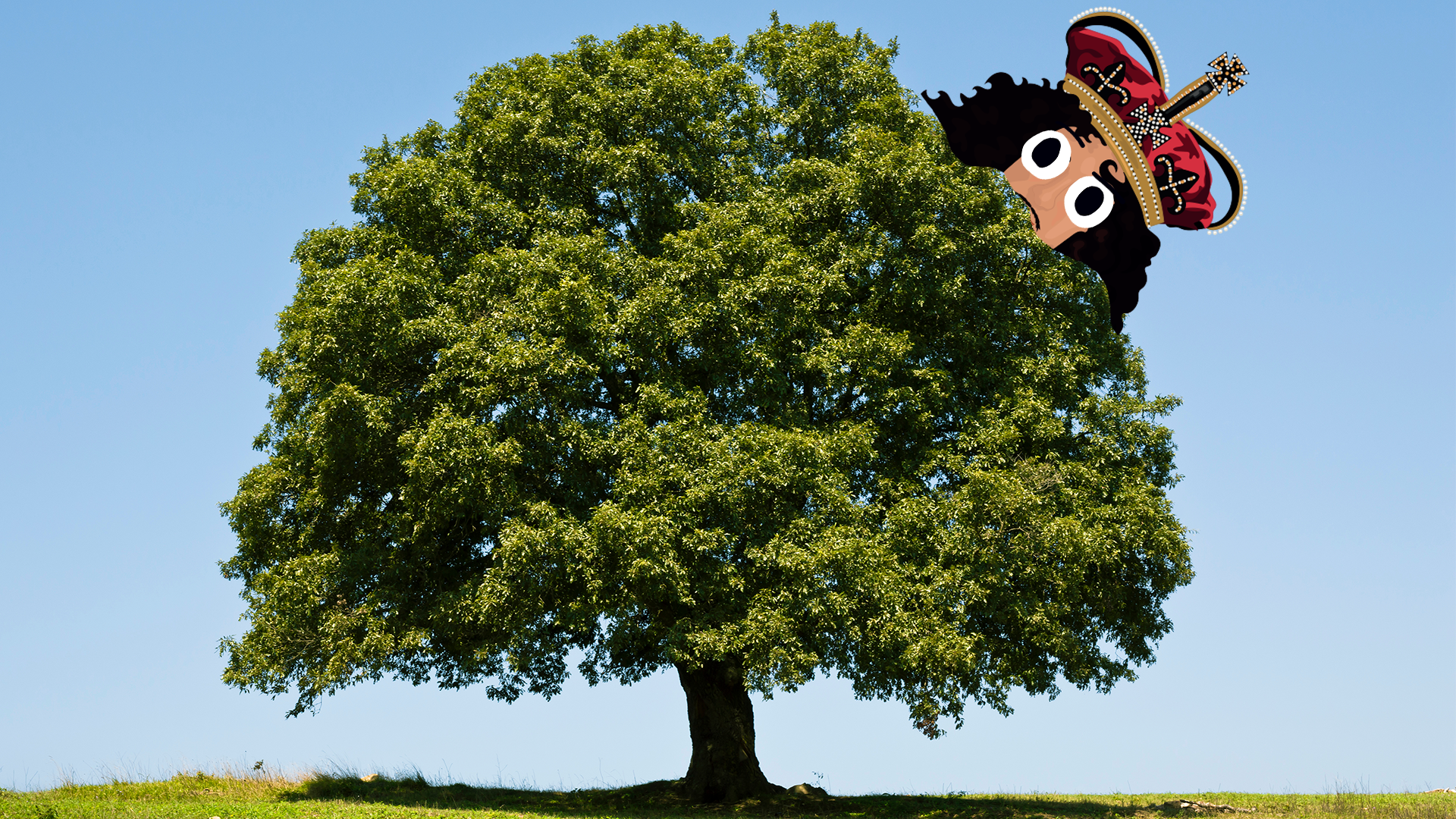
Charles II was the oldest living son of Charles I (he had an older brother who died as a baby, which was sadly very common back then). When Charles II was 12 the First English Civil War broke out, and Charles II's mother took him to France to escape the violence. He moved around Europe a bit, and when he was 18 he found out his father had been executed. Charles II was completely devastated by this. He spent most of his early adulthood in France, because it was too dangerous to go back to England. He went to Scotland in 1650, and in 1651 he led 16,000 Scots in a fight against Cromwell, The Battle of Worcester - but Cromwell won and Charles had to go into hiding. One place he hid was Boscobel House in Shropshire, but when the house itself became too dangerous he hid in an oak tree in the grounds. The original tree was destroyed by tourists taking branches as souvenirs, but you can still see its descendant in the house's grounds!
5. His reign started off kind of rocky
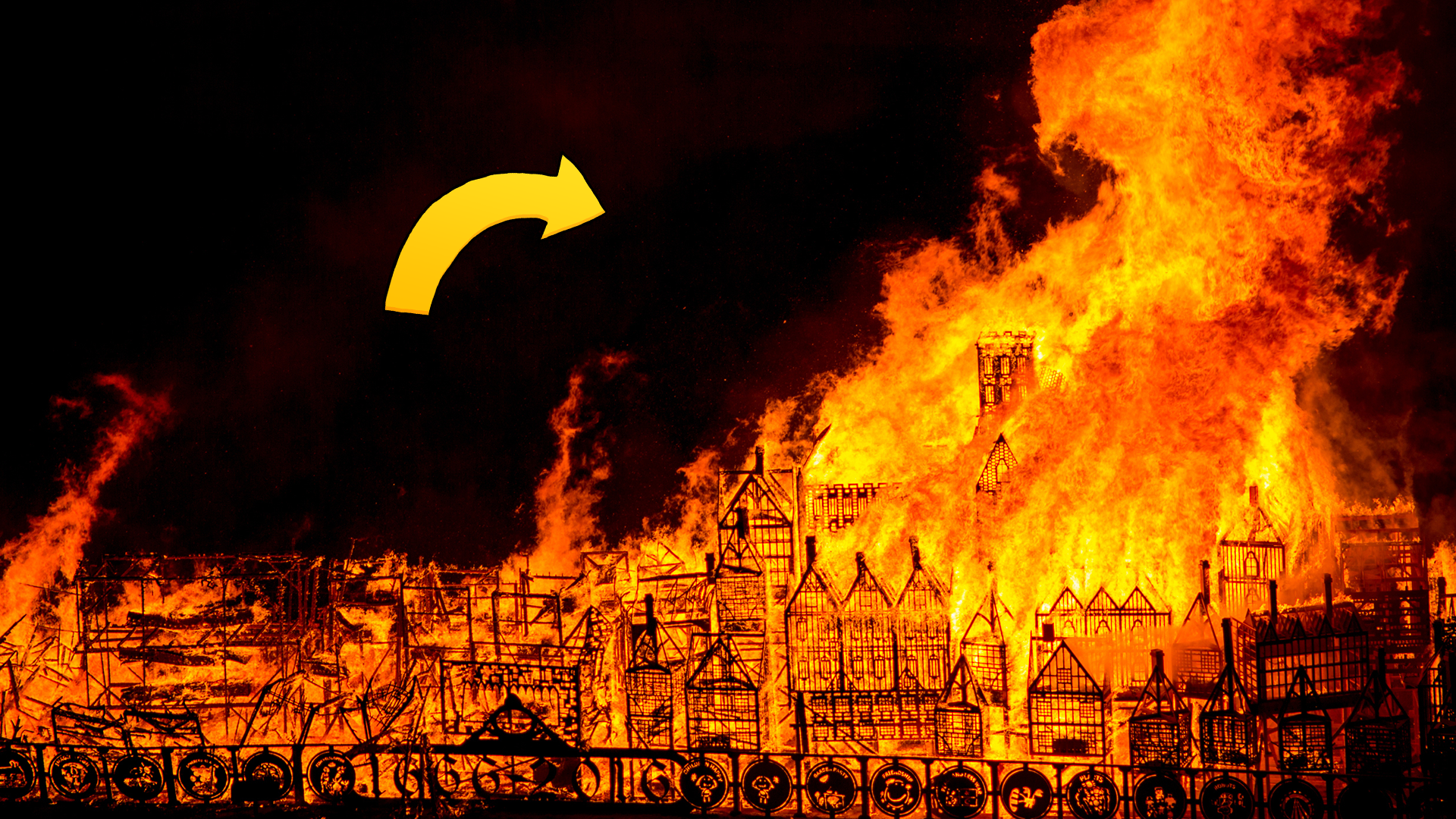
Even though everyone was happy to see Charles II return, the mood in England didn't stay happy for long. Only five years after he returned, The Great Plague of London struck. This is the last major outbreak of the bubonic plague in England. Charles and his family fled the city, but around 100,000 people died (that's about a quarter of the city's population). Then in 1666 another terrible thing happened - The Great Fire of London. The fire started at a small bakery in Pudding Lane and raged for four days. Around 13,200 houses and 87 churches were destroyed, as well as St. Paul's Cathedral. Only six deaths were recorded, but many people were left homeless and injured, and it took the city a very long time to recover. Charles and his brother helped to direct the firefighting effort.
6. Amazing scientific advances were made under his rule
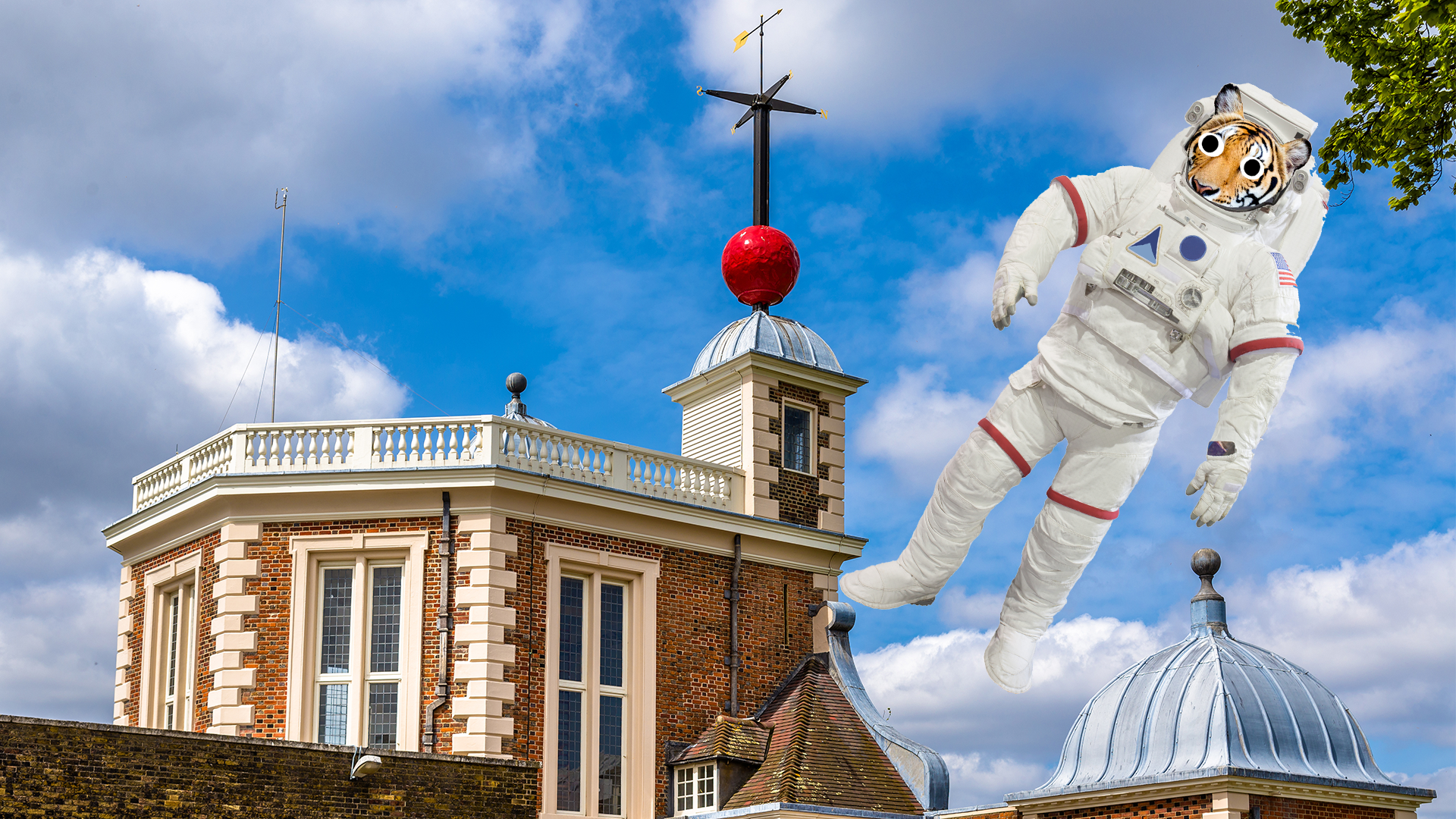
It wasn't all bad news under Charles II, though! He loved science and maths, and he was the first everroyal patron of the Royal Society of London, which is a scientific academy that still exists today. He was friends with the famous architect Christopher Wren, and enlisted Wren to rebuild London after the Great Fire. Some of the biggest advancements in science at this time were in the fields of astronomy and seafaring. Charles II helped to establish the Royal Observatory in Greenwich, which you can visit today!
7. He was tall!
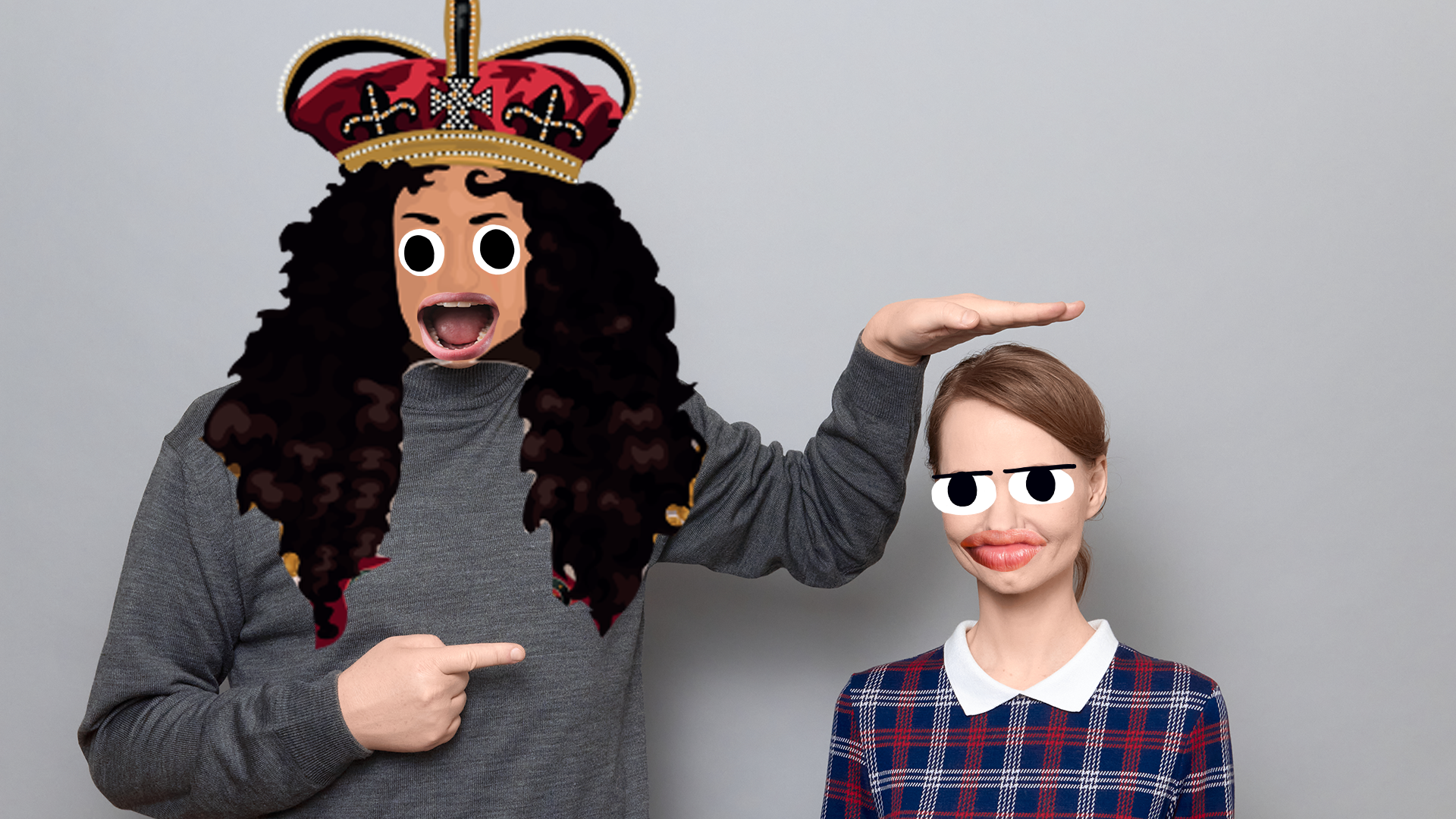
Reportedly Charles II stood at six feet and two inches, which would be considered tall today. The average man was only about five feet five inches in the second half of the 1600s, so Charles would have definitely made an impression!
8. He loved his dog

Charles was very fond of his pet toy spaniels, and would apparently bring them to council meetings. He was criticised for playing with them during important political talk! The toy spaniel was renamed the King Charles Spaniel in honour of him, and another breed called the Cavalier King Charles Spaniel also exists.
9. He had an interesting revenge on Cromwell

In 1661 Charles II took his revenge on Oliver Cromwell for executing his father. The problem? Cromwell died in 1658. Warning, cos this is kind of gross: Charles had Cromwell's body dug up, then had his head put on a spike outside Westminster hall. Nice! Charles also had nine of the men responsible for his father's execution put to death, but he pardoned more who weren't directly involved. Cromwell's head was on display until 1685, then it went into private ownership. His head and body weren't properly re-buried until 1960!
10. His wife established a huge British custom
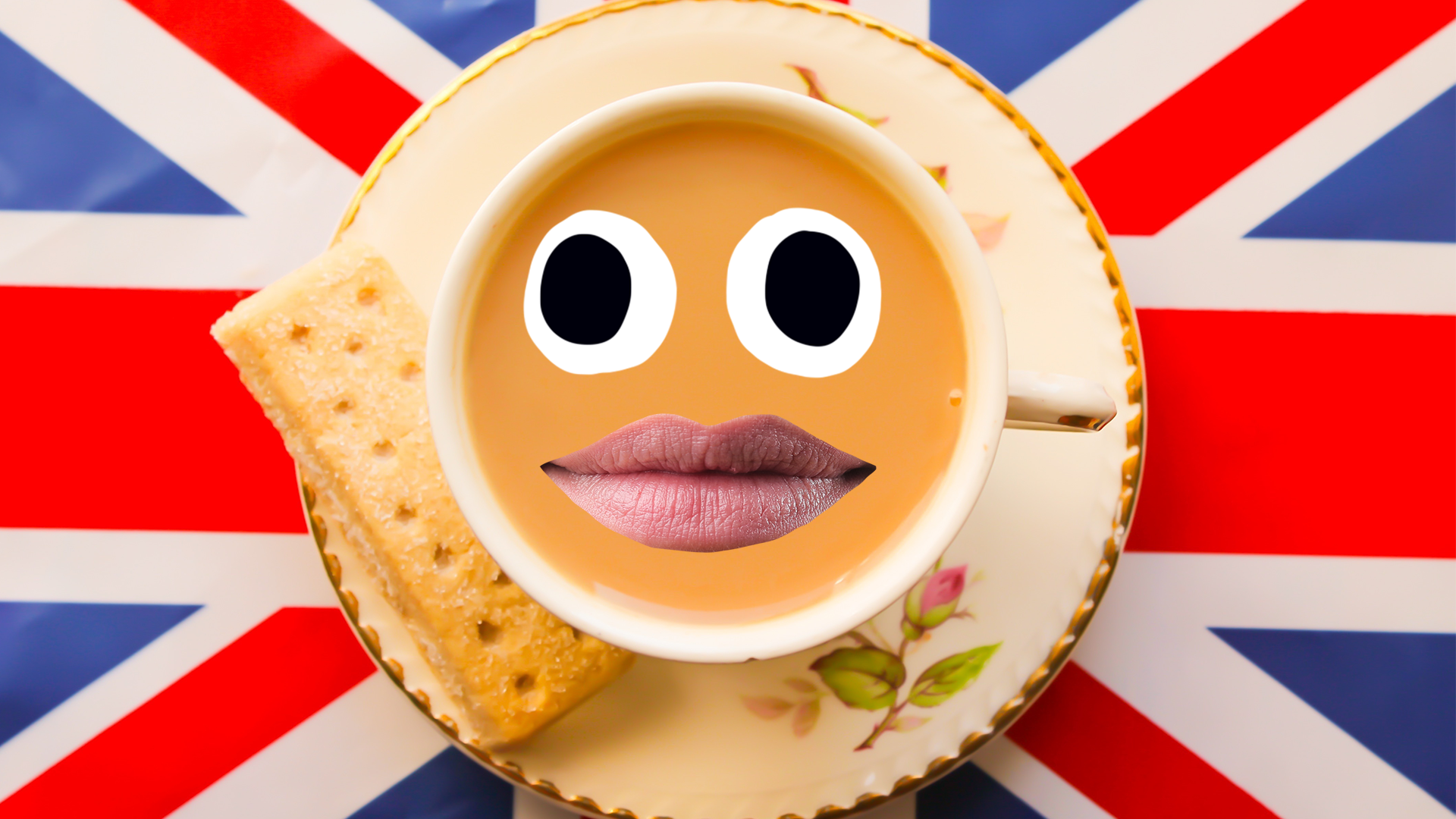
Charles II was married to Catherine of Braganza, a Portuguese princess. Their marriage wasn't always easy as they didn't speak the same language, and because Charles had a lot of girlfriends (that was allowed back then)! Catherine was credited with popularising a major British custom, though - tea drinking! There are some references to tea being drunk in England before Catherine, including by famous diarist Samuel Pepys, but Catherine helped to make it a habit amongst the upper classes. Tea was a rich people's drink until the 19th century, then everyone got into it!
11. He changed religion at the last minute
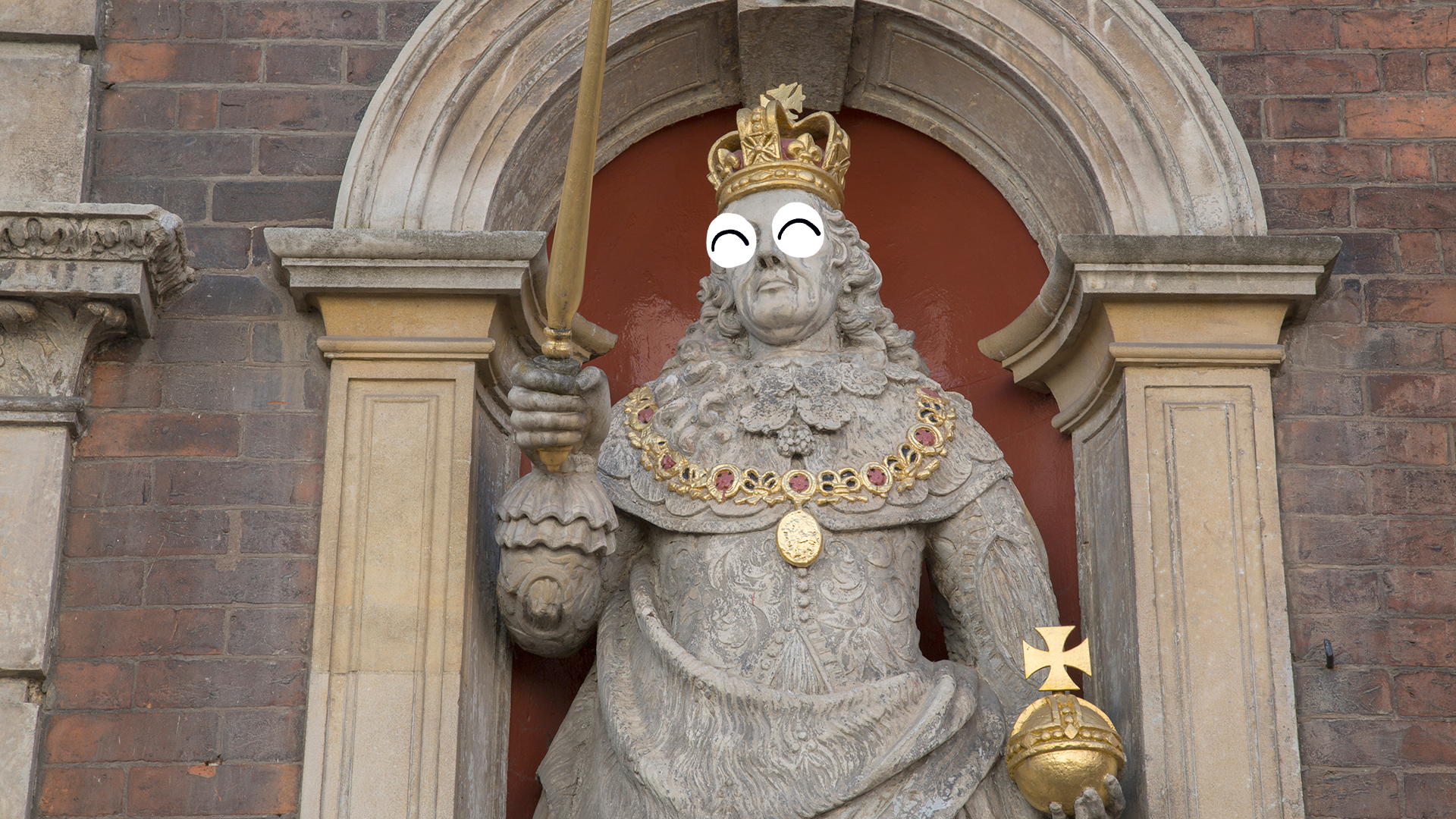
Religion was a huge deal, and most people didn't want a Catholic as their king. Charles was close to many Catholics, including his wife and his brother, James, and he had a lot of sympathy for them. On his deathbed Charles converted to Catholicism and passed away before anyone could depose him. James became king, but was deposed after only three years. He was the last Catholic monarch of England, Scotland and Ireland.



